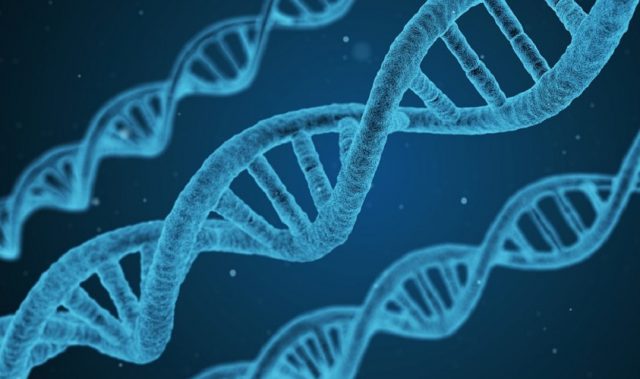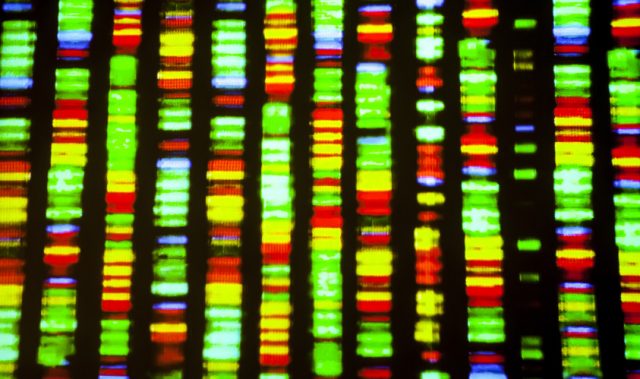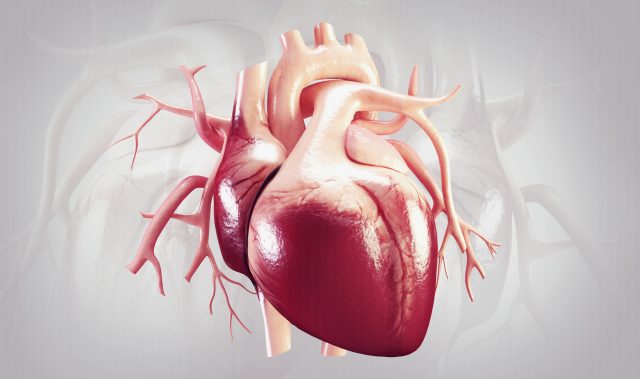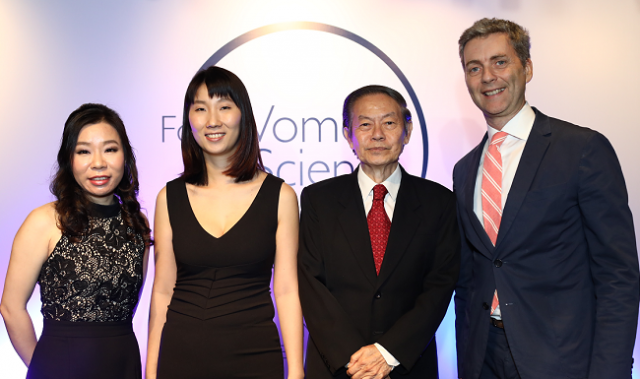
AsianScientist (Aug. 19, 2016) – Geneticists have identified an enzyme that regulates the production of sperm and egg cells. The study findings are published in Scientific Reports.
The scientists from the Bioinformatics Institute in Singapore and the University of Salford in the UK looked at a process known as meiosis, which unlike normal cell division (mitosis) has two rounds of nuclear division, to ensure that when sex cells fuse with each other, they have two copies of each chromosome—one from each parent.
When the cells have too many or too few chromosomes (aneuploidy), babies are born with conditions such as Down’s Syndrome (three copies of chromosome 21) and Patau syndrome (three copies of chromosome 13). Aneuploidy is also a leading cause of miscarriage, with an estimated one in seven pregnancies resulting in miscarriage.
To identify the key components that regulate meiosis, the team investigated PP2ACdc55, a highly conserved serine-threonine protein phosphatase enzyme involved in several cellular processes. Prior studies showed that PP2ACdc55 plays an essential role in preventing cells from prematurely exiting meiosis, largely due to its role in regulating a pathway called Cdc Fourteen Early Anaphase Release (FEAR).
By generating random mutations in the Cdc55 gene, the team analyzed the resulting 987 mutant yeast strains, characterized the mutations, and worked backwards to identify the role of the gene by looking at the effect of the mutations on the resulting colonies.
The data suggests that PP2ACdc55 plays a pivotal role in chromosome segregation in a manner that is independent of the FEAR pathway, although the researchers note that we are still a way from knowing how exactly the meiosis process can go wrong.
The article can be found at: Kerr et al. (2016) PP2ACdc55’s Role in Reductional Chromosome Segregation During Achiasmate Meiosis in Budding Yeast is Independent of its FEAR Function.
———
Source: University of Salford; Photo: US Department of Energy Human Genome Program/Wikimedia Commons/CC.
Disclaimer: This article does not necessarily reflect the views of AsianScientist or its staff.












